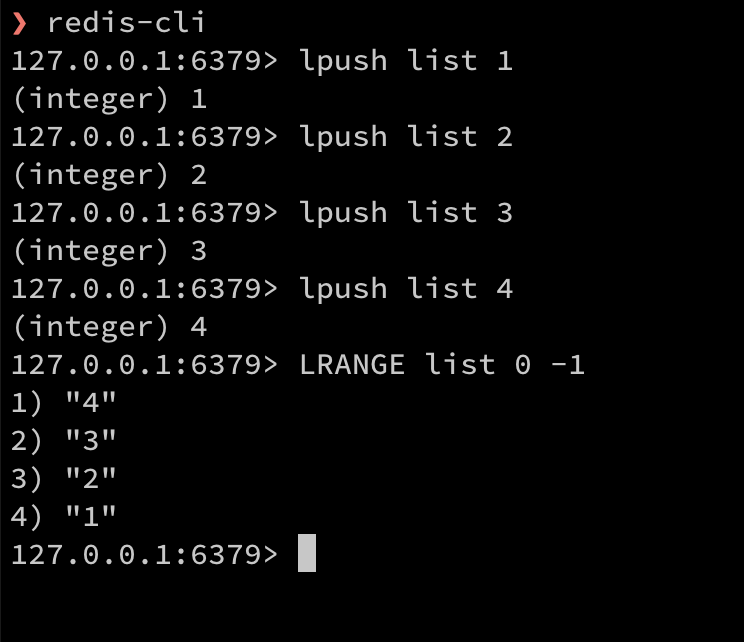powershell 初体验二
powershell创建数组也很方便
可以这样1
$nums=2,0,1,2
顺便可以用下我们上次学到的gettype()
如果是想创建连续数字的数组还可以用这个方便的方法1
$nums=1..5

而且数组还可以存放各种类型的数据1
$array=1,"哈哈",([System.Guid]::NewGuid()),(get-date)

还有判断类型可以用-is
创建一个空数组1
$array=@()

数组添加元素1
$array+="a"

数组删除元素1
2$a=1..4
$a=$a[0..1]+$a[3]




